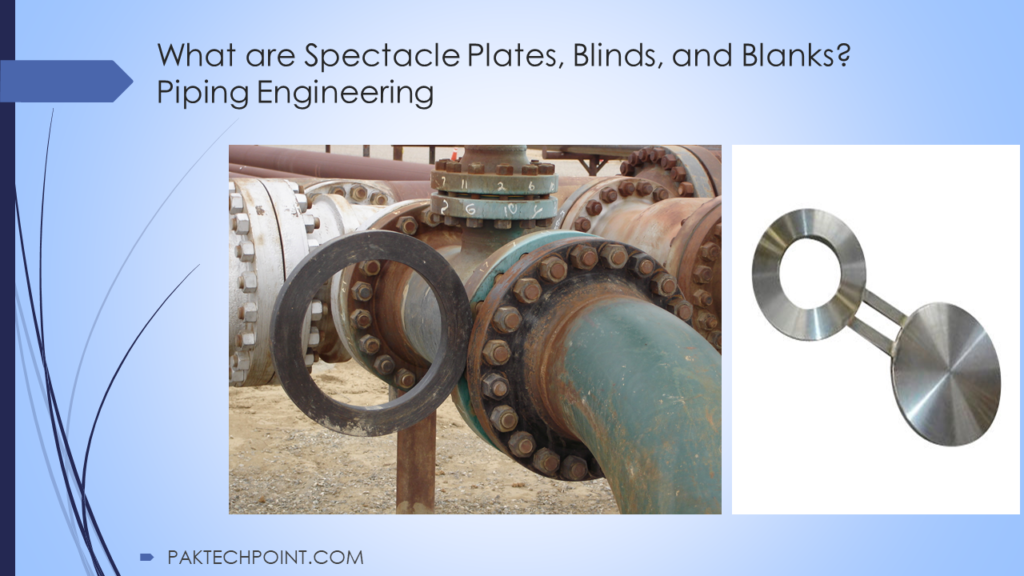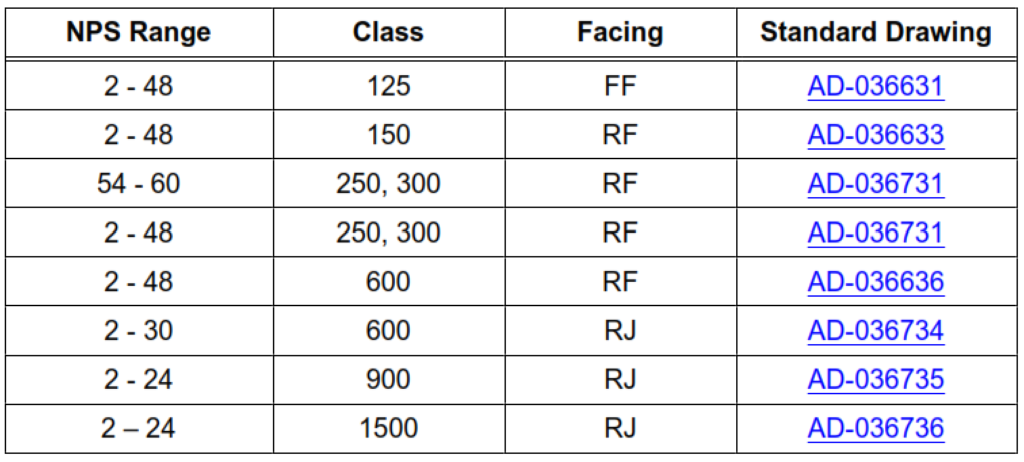In the world of piping systems, safety, versatility, and efficiency are paramount. One crucial component that aids in achieving these goals is the spectacle plate, blind, or blank. These specialized fittings serve various purposes, from pressure testing and repairs to maintaining product segregation. In this article, we’ll delve into the significance of spectacle plates, blinds, and blanks, their design considerations, and their importance in piping systems.

Understanding the Role of Spectacle Plates, Blinds, and Blanks
Spectacle plates, blinds, and blanks are essential components in piping systems for several reasons:
- Pressure Testing: During the construction and commissioning of a piping system, pressure testing is a critical step to ensure its integrity and safety. Spectacle blinds or blanks can be inserted to block the flow temporarily, allowing for pressure tests to be conducted without disturbing the entire system.
- Repairs and Inspection: Over time, piping systems may require maintenance, repairs, or inspections. Spectacle plates or blinds provide a means to isolate specific sections of the pipeline, allowing maintenance or inspection work to be carried out safely.
- Product Segregation: In industries where different products or fluids must be kept separate to avoid contamination or mixing, spectacle plates can be employed to ensure positive product segregation.
- Emergency Shutdown: In case of emergencies or unexpected incidents, spectacle plates or blinds can be used to shut off the flow of fluids swiftly, helping prevent accidents or further damage.
Design and Standards for Spectacle Plates, Blinds, and Blanks
Designing spectacle plates, blinds, and blanks is a critical aspect of ensuring their effectiveness and safety in various applications. Key considerations include:
- Wall Thickness: The design wall thickness of these components is determined in accordance with industry standards such as ASME B31.3. This ensures that they can withstand the pressure and stresses encountered in the piping system.
- Standard Drawings: For standardized spectacle plates and blinds, it is common to refer to industry-specific standard drawings. These drawings outline the dimensions, materials, and other essential details to ensure consistency and reliability.
- ASME 16.48: When dealing with spectacle plates, blinds, or blanks not covered by standard drawings, ASME 16.48 provides guidelines for their design and specifications. Adherence to these guidelines ensures that custom components are compatible with industry standards.
- Surface Finish: The surface finish of the gasket seat area is crucial to maintaining a proper seal. It must meet the dimensional standards specified in industry codes like ASME B16.5, ASME 16.47, or API 6A. Proper surface finish is essential for preventing leaks and ensuring the integrity of the joint.
- Spectacle plates and blinds shall be in accordance with following Table.

Importance in Piping Systems
Spectacle plates, blinds, and blanks are integral to the safety and functionality of piping systems in various industries, including oil and gas, petrochemicals, power generation, and more. Their significance lies in:
- Safety: By enabling isolation and control of fluid flow, these components contribute to the safety of personnel and equipment, particularly during maintenance, repairs, or emergencies.
- Efficiency: Spectacle plates and blinds streamline the process of pressure testing and maintenance, minimizing downtime and reducing the impact on operations.
- Product Integrity: In industries where product segregation is critical, spectacle plates ensure that different fluids remain separate, preventing contamination and maintaining product quality.
In conclusion, spectacle plates, blinds, and blanks are indispensable components in the world of piping systems. Their ability to control fluid flow, facilitate maintenance, and ensure safety makes them crucial for the reliable and efficient operation of industrial processes. Adherence to design standards and best practices is essential to guarantee their effectiveness and maintain the integrity of piping systems.